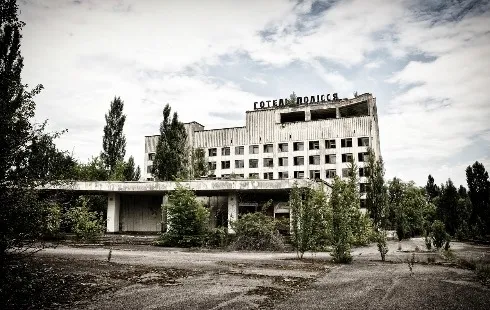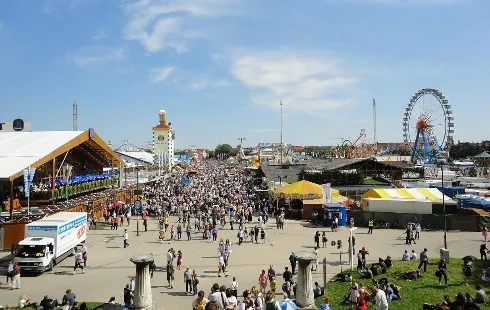
8HoursMining cloud mining platform, daily profits up to $9,337
Section: Business
Peking (Tibet) - The struggle against the treacherous weather continues as a severe snowstorm ravages the Tibetan side of Mount Everest. Hundreds of tourists remain stranded in the mountains, and their rescue has become a critical race against time.
Since the onset of the snowstorm on Friday evening, the Mount Everest region has experienced the most intense snowfall in years. According to reports from Chinese state media, around 350 climbers who were trapped in the Karma Valley at an altitude of approximately 4,900 meters have been rescued and transported to the village of Qudan. Communication has been established with over 200 individuals still trapped, and efforts are underway to bring them down from the mountain in the coming hours.
The fate of the remaining climbers remains uncertain. Rescue teams are facing significant obstacles, as many routes are still blocked, and several base camps are buried under meters of snow. The BBC has reported widespread communication disruptions, with many phones and radios failing to function in the area.
At one point, nearly 1,000 individuals were caught in the Karma Valley while thunder, lightning, and heavy snowfall wreaked havoc on their camps, destroying tents and obstructing roads. Local residents, alongside the Tibet Blue Sky Rescue Team, are actively working to reach those who remain trapped. Challenging weather conditions, extreme cold, and difficult terrain significantly hinder the rescue efforts. The region has been temporarily closed off, and the tourism authority in Tingri County has halted ticket sales and access to the Mount Everest area.
The conditions at 4,900 meters are perilous, with the oxygen levels only about 55% of that found at sea level. Simple physical movements can push the human body to its limits. After prolonged exposure, many climbers may be experiencing symptoms such as headaches, dizziness, or shortness of breath--common signs of altitude sickness. The thin air combined with frigid temperatures makes recovery nearly impossible for those stranded.
It is currently unclear how many individuals remain in snow-covered tents, but reports suggest that some are showing signs of hypothermia. Fortunately, there have been no confirmed fatalities reported thus far.
Severe weather conditions are not only affecting climbers on Everest; similar storms have caused significant damage and loss of life in other parts of the Himalayas. In Nepal and the Indian state of West Bengal, over 60 fatalities have been reported since Friday, with the Ilam district in eastern Nepal being particularly hard-hit by landslides, resulting in at least 37 deaths. Additionally, extreme weather in China, including Typhoon Matmo, has forced approximately 150,000 people to evacuate their homes.

Section: Business

Section: Arts

Section: Politics

Section: Health Insurance

Section: News

Section: News

Section: News

Section: Arts

Section: News

Section: Arts
Health Insurance in Germany is compulsory and sometimes complicated, not to mention expensive. As an expat, you are required to navigate this landscape within weeks of arriving, so check our FAQ on PKV. For our guide on resources and access to agents who can give you a competitive quote, try our PKV Cost comparison tool.
Germany is famous for its medical expertise and extensive number of hospitals and clinics. See this comprehensive directory of hospitals and clinics across the country, complete with links to their websites, addresses, contact info, and specializations/services.
Curated by Fried Dähn and Thomas Maos, this event is part of the Sonic Visions series, featuring an engaging performance that intertwines sound, music, and visuals. This edition presents THE WATS, a narrative where three travelers in the desolate, apocalyptic landscapes of New Zealand encounter a...



No comments yet. Be the first to comment!